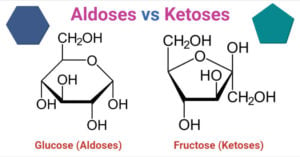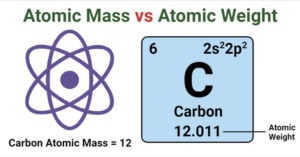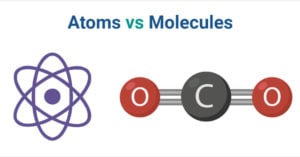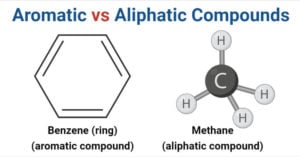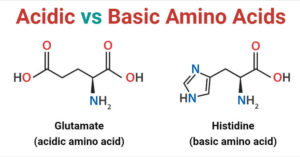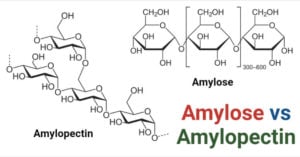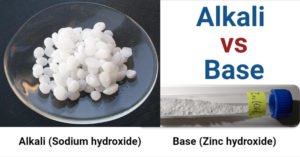Aldoses vs Ketoses- Definition, 7 Major Differences, Examples
Aldoses Definition An aldose is a monosaccharide consisting of a carbon backbone and a carbonyl group at carbon-1, resulting in an aldehyde group. The general formula of aldoses is the … Read more

